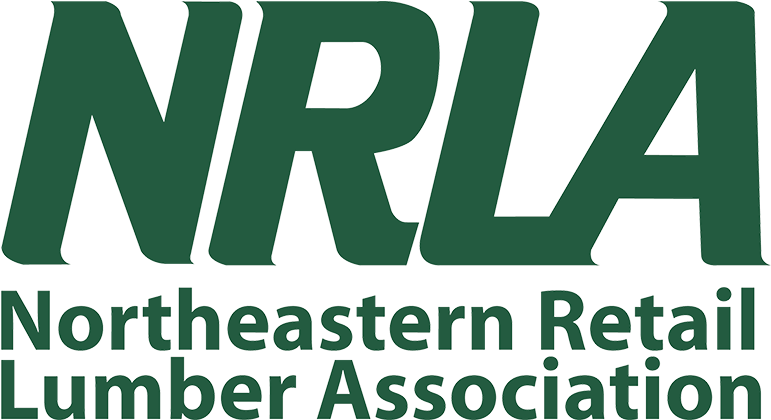Welcome to Yesler
The platform to trade lumber and building materials online
Yesler empowers lumber traders, mill reps, and distribution reps to offer amazing online trading experiences to their wholesale customers.

Purpose-built tools on the platform help traders to cultivate prospects, target specific trading partners with specific offers, and quickly convert conversations from quote to close.
Traders eliminate the clutter of email, phone, and text and gain efficiency with trading tools to make more trades.
Learn now to grow your business on Yesler in a 30-minute demo. There’s no obligation and Yesler Essentials tier is free to try and use. Click Get a Demo to schedule an introduction to Yesler now.
Want to try it out without a demo? Click Create Account and explore the platform now.
Updates, News & More
Yesler: Where We Came From
In the lumber industry relationships matter. Historically, technology investment in this industry had focused on manufacturing and attempts to digitize sales and marketing eliminated the identity, reputation, and value created by individual traders. Not all lumber is equal, nor are the lumber traders who create liquidity in the supply chain. The industry needed a technology solution for lumber trading that recognized the value of relationships, reputation, and trader identity.
By 2019, I had spent more than two decades in the industry in a wide variety of roles from product engineering to leading marketing, sales and supply chain for one of the largest LBM manufacturers. I knew the industry was on the cusp of a technology revolution and I wanted that to be led by people from within the industry, not outsiders.
I launched Yesler Solutions in 2019, bringing together a team of LBM pros and tech startup experts to bring the vision to reality.


